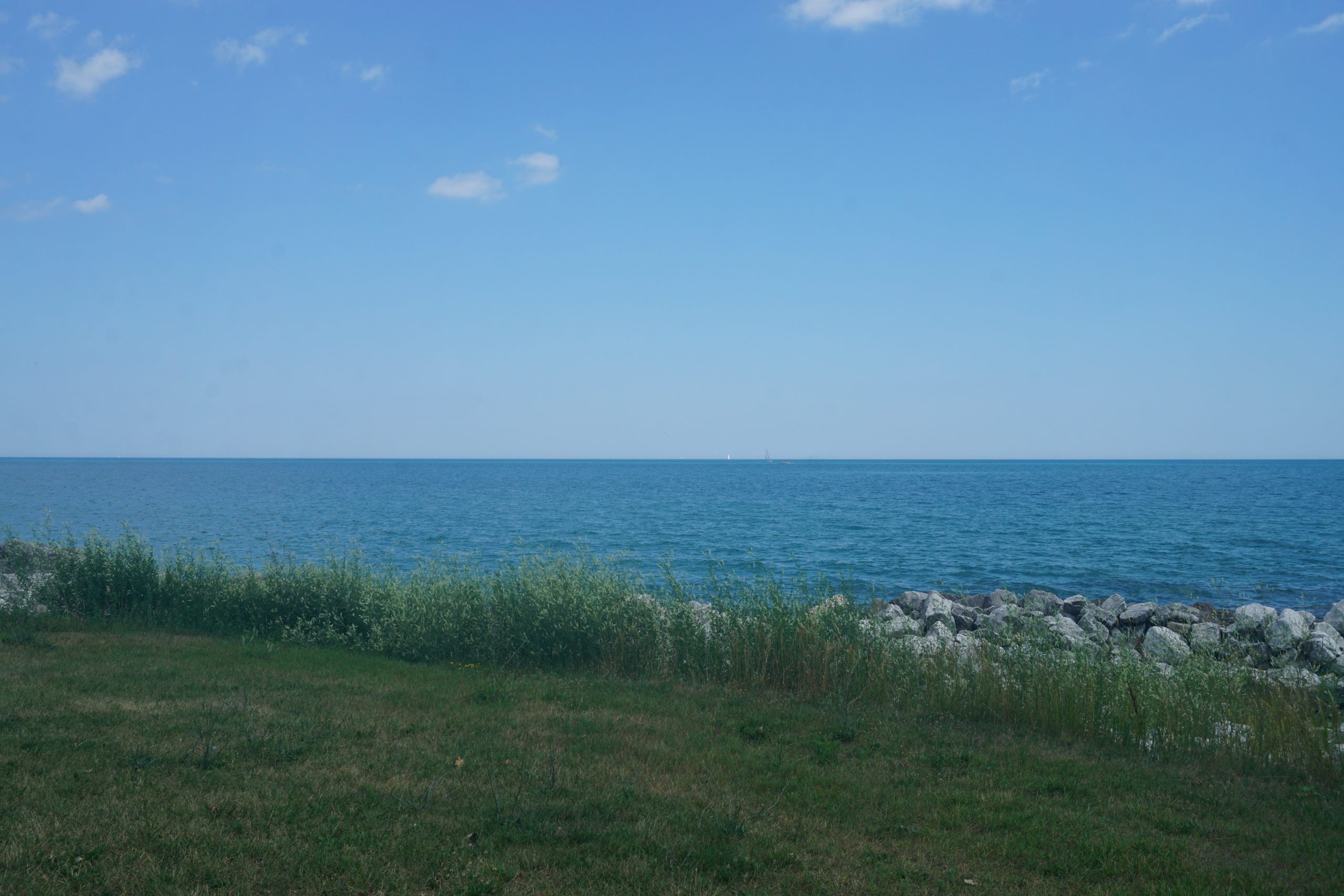Lake Michigan, one of the Great Lakes, faces significant contamination issues that affect its water quality and pose health risks to those who swim in or come into contact with the water. The primary sources of contamination include sewage and animal waste, storm water runoff, and industrial emissions, all of which contribute to elevated levels of E. coli bacteria and the presence of toxic chemicals.
Primary Sources of Lake Michigan Contamination

Sewage and Animal Waste
- Malfunctioning wastewater treatment plants
- Sanitary sewer overflows
- Combined sewer systems that discharge raw sewage and polluted runoff during rainstorms
- Improperly managed human waste from boaters
- Malfunctioning septic systems
Storm Water Runoff
- Untreated storm water from cities and rural areas carries bacteria, viruses, and parasites from pets, wildlife, and farm animals into nearby storm drains, which then discharge into waterways.
Industrial Emissions and Airborne Contaminants
- Toxic forever chemicals like PFAS (per- and polyfluoroalkyl substances) from industrial emissions, sewage treatment plant discharges, and contaminated air.
Impact of Sewage and Animal Waste on E. coli Levels

E. coli bacteria, which live in the intestines of animals and humans, are a strong indication of recent contamination by sewage or animal fecal waste. High levels of E. coli can lead to beach contamination advisories and closures. Sewage and animal waste contribute to E. coli levels through various pathways, including:
- Direct discharge from malfunctioning treatment plants or sewer overflows
- Runoff from agricultural areas, urban streets, and other sources that carry animal waste into waterways
Health Risks Associated with Swimming in Contaminated Water
Gastroenteritis
- The most common short-term illness associated with swimming in contaminated water, characterized by symptoms like nausea, vomiting, stomachache, diarrhea, headache, and fever.
Other Illnesses
- Ear, eye, nose, and throat infections
- Food poisoning from improperly refrigerated picnic lunches
Vulnerable Populations
- Children, the elderly, and people with weakened immune systems are more susceptible to illnesses or infections after swimming in polluted water.
Prevention and Monitoring Efforts
Beach Monitoring Programs
- Regular water sampling and analysis for E. coli levels
- Posting of advisories and closures based on water quality standards
Public Awareness
- Checking beach alerts and posted signage before swimming
- Avoiding swimming at beaches with visible discharge pipes or after heavy rainfall
Community Involvement
- Cleaning up after pets and avoiding the feeding of shorebirds to reduce waste
